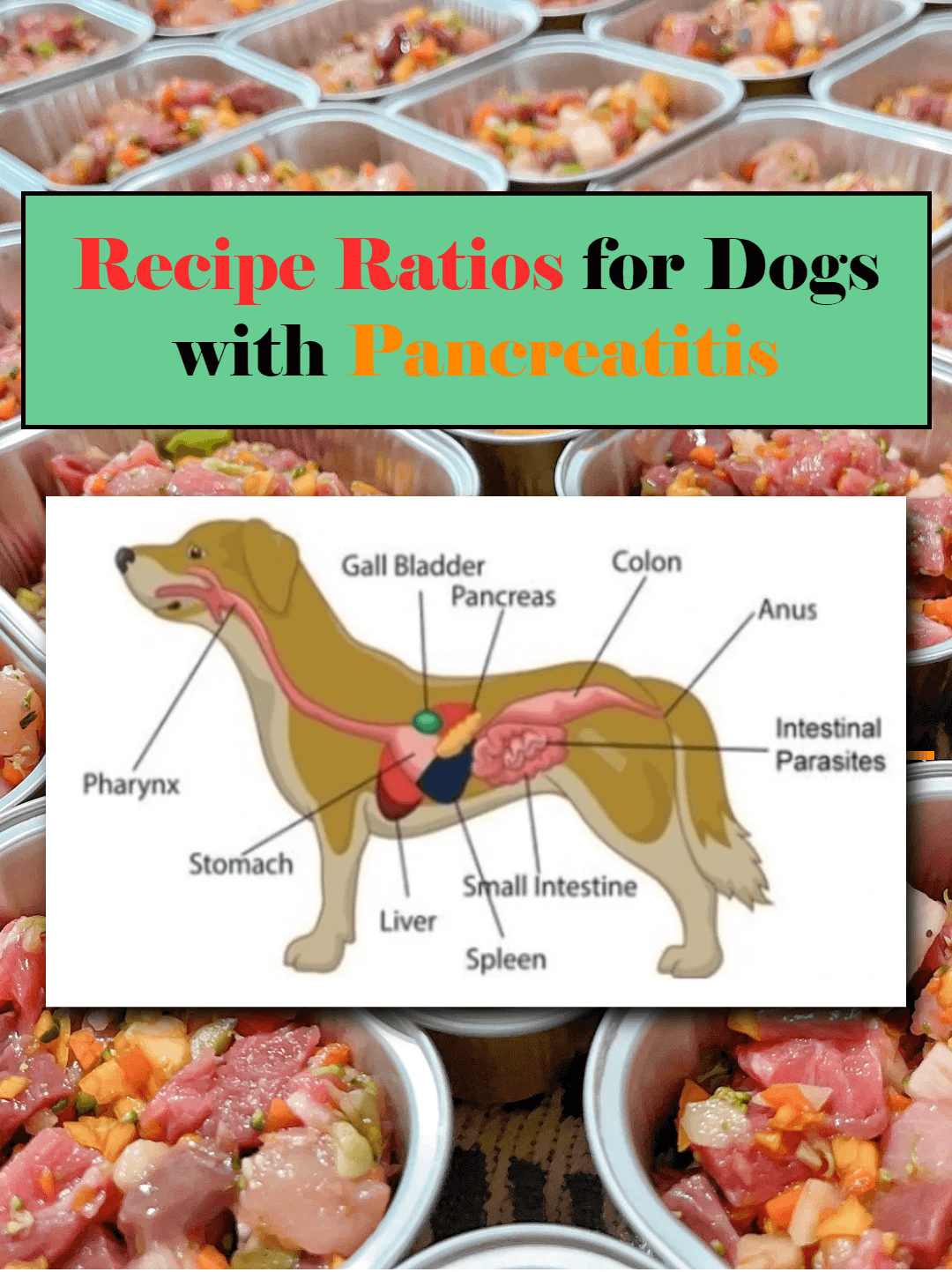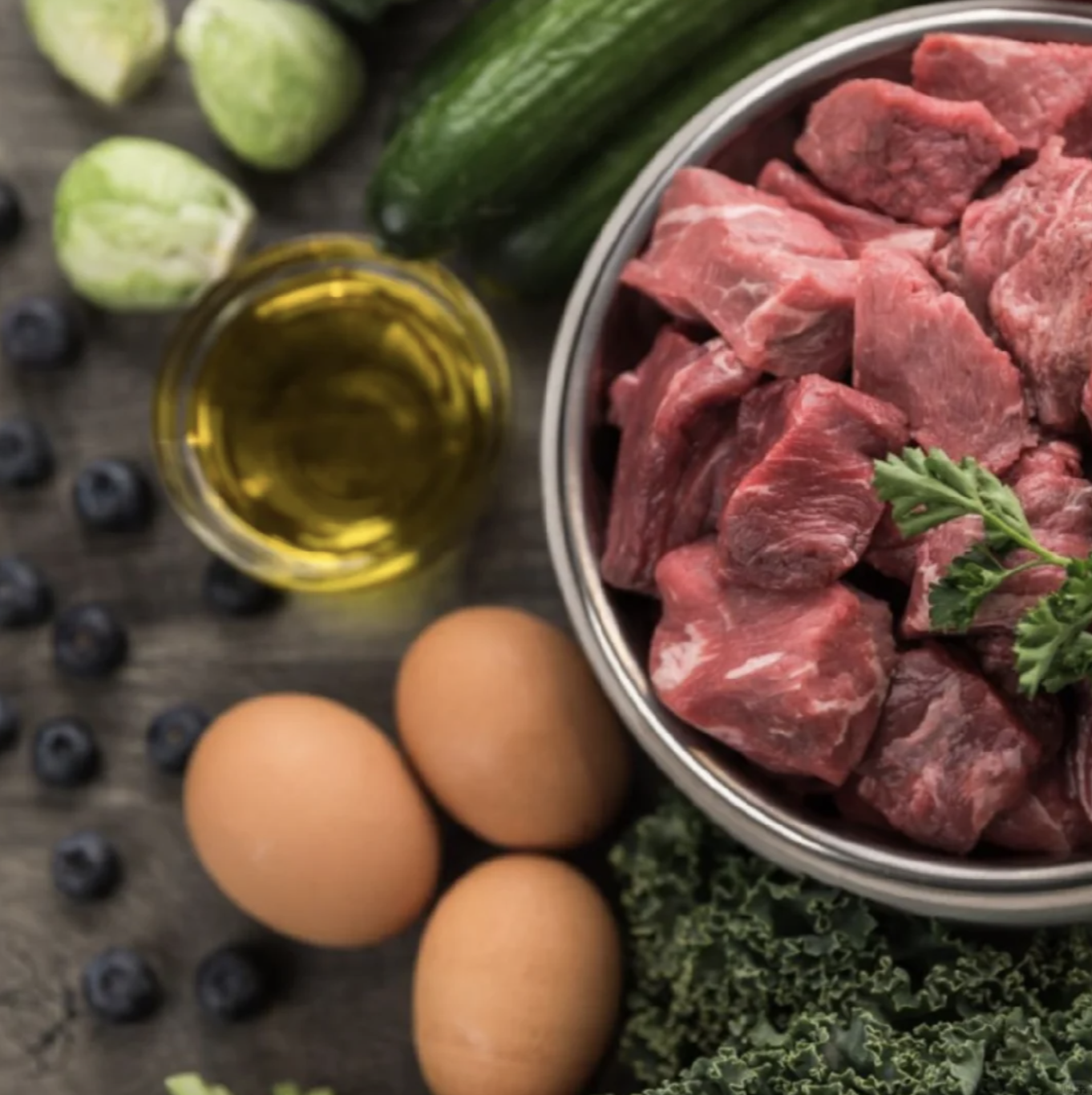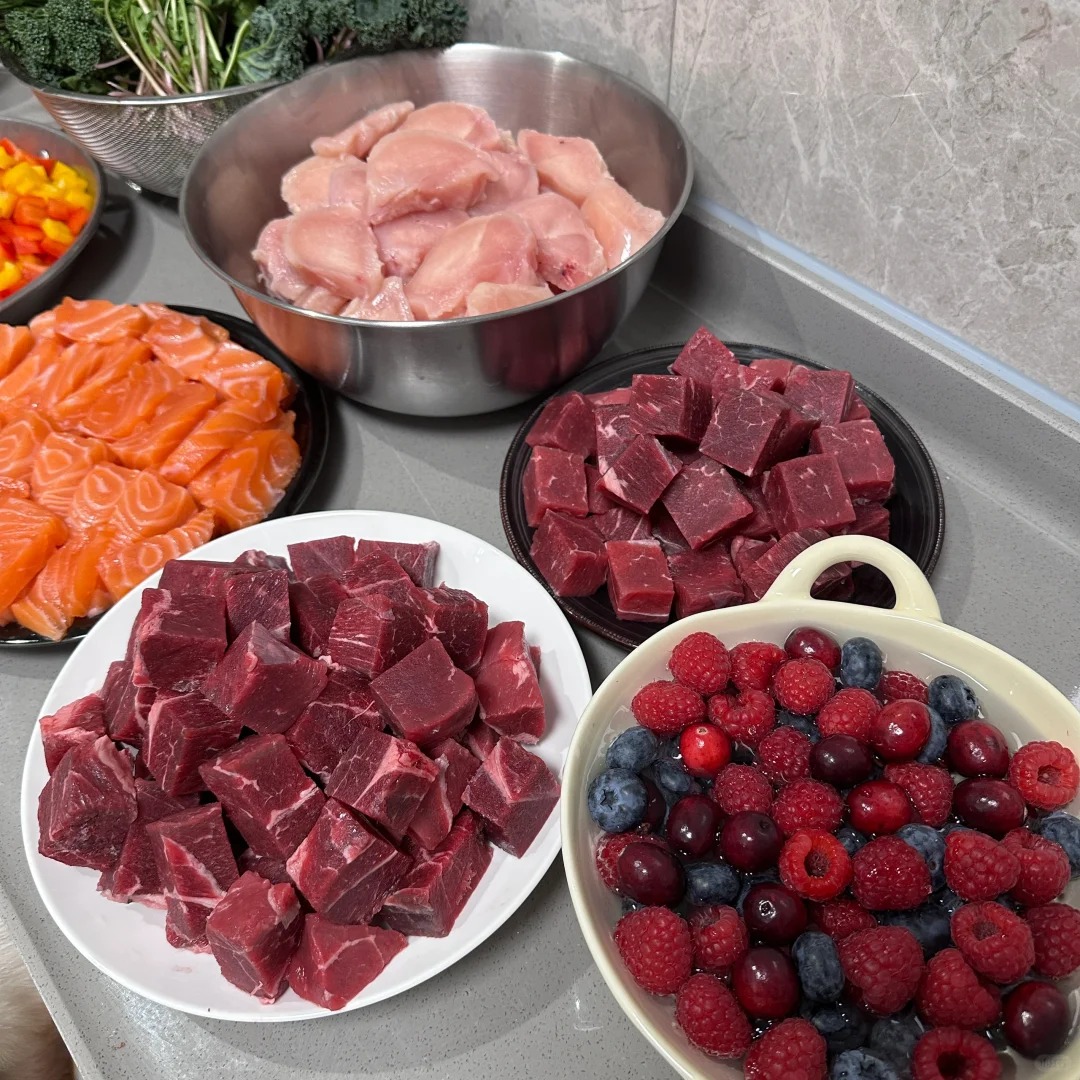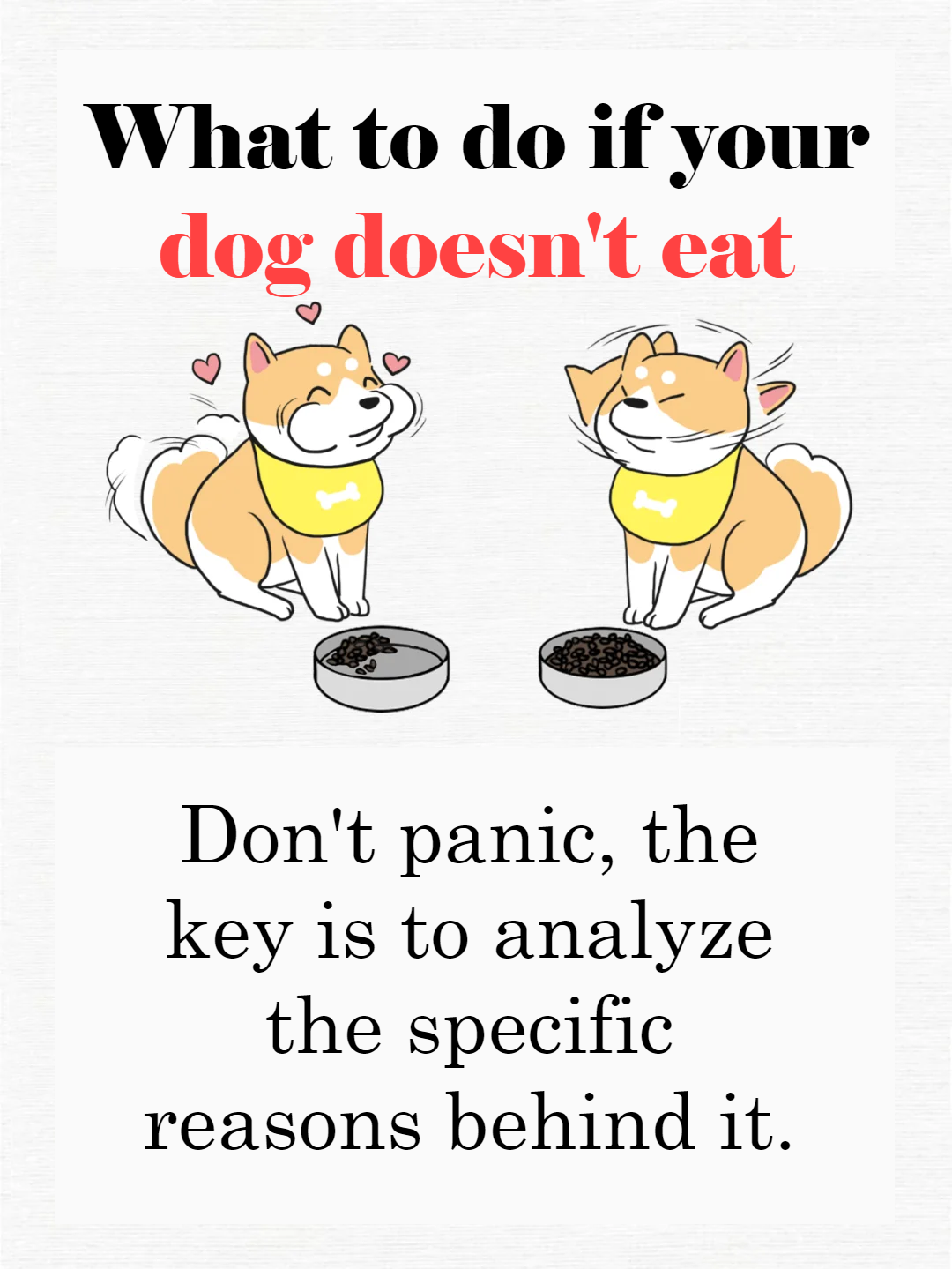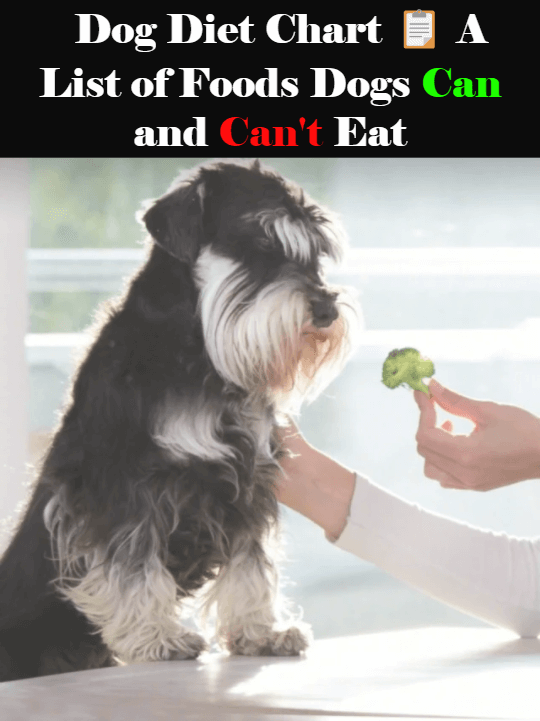1️⃣ Understanding Pancreatitis
The pancreas is an organ that produces digestive enzymes, which can digest and break down proteins, fats, and carbohydrates. Normally, these digestive enzymes are inactive in the pancreas. However, when the pancreas becomes inflamed, these enzymes get activated, and the pancreas's self-protection mechanism fails, leading to the self-digestion of the pancreas. This is extremely painful and can have serious consequences.
Acute pancreatitis occurs suddenly with severe symptoms and requires immediate treatment. Once the irritants are eliminated, it can be completely cured. Chronic pancreatitis, on the other hand, has milder symptoms and a hidden course (50% of pancreatitis dogs have normal levels of lipase and amylase). The pancreas undergoes irreversible changes such as fibrosis and atrophy.
2️⃣ Dietary Focus
The dietary principle for pancreatitis is to provide enough energy and nutrients to help dogs recover while reducing the stimulation to the pancreas.
Which nutrients can stimulate the pancreas?
Stimulation level: Fat > Protein > Carbohydrates
So the dietary focus is:
1. Low fat + Moderate protein + High carbohydrates
Provide sufficient energy to the dog while minimizing pancreatic stimulation
2. Low fiber
Fiber can affect the activity of certain enzymes and increase digestion time, so low-fiber, easily digestible foods are recommended
3. Small frequent meals
To reduce stimulation to the pancreas
4. If on a long-term low-fat diet, fat-soluble vitamins A, E, and vitamin B12 might be deficient, which should be supplemented based on the dog's specific situation
3️⃣ Diet Ratio
First, let's discuss a standard for measuring fat content, GFK, Grams of Fats per 1000kcal. This indicator relates to the energy density of food and can be used to measure any type of dog food, including fresh food, dog kibble, and snacks.
NRC standards for fat in dog diets:
Low fat <30
Medium fat 30~50
High fat >50
Minimum standard GFK >14, otherwise, there may be a deficiency of fat-soluble vitamins.
Dietary treatment of pancreatitis has two stages: the [Recovery Period] and the [Adjustment Period].
**[Recovery Period]**
Requires a very low-fat diet (GFK 18~24), along with moderately low protein (<75g/1000kcal).
Acute pancreatitis can be treated timely and reasonably with medication, typically recovering in 7–10 days. Chronic pancreatitis has a longer recovery period.
For both acute and chronic pancreatitis, if the dog's lipid indicators (blood cholesterol, triglycerides) or pancreatic indicators (lipase, amylase) do not return to a reasonable range, a low-fat diet is necessary.
Low-fat meats: Refer to the 'High-Fat Low-Fat Food List'.
High-carbohydrate vegetables: Usually root vegetables and fruit vegetables like pumpkin, potato, tubers.
High-fiber vegetables: Asparagus, shiitake mushrooms, seaweed, carrots, celery, etc.
**[Adjustment Period]**
It is recommended to have a moderately low-fat diet with GFK 18~35, while some dogs may adapt to a GFK 35~50 diet.
Check the comments below 👇
#DogPancreatitis [Topic]# #HigogoFreshFood [Topic]#
